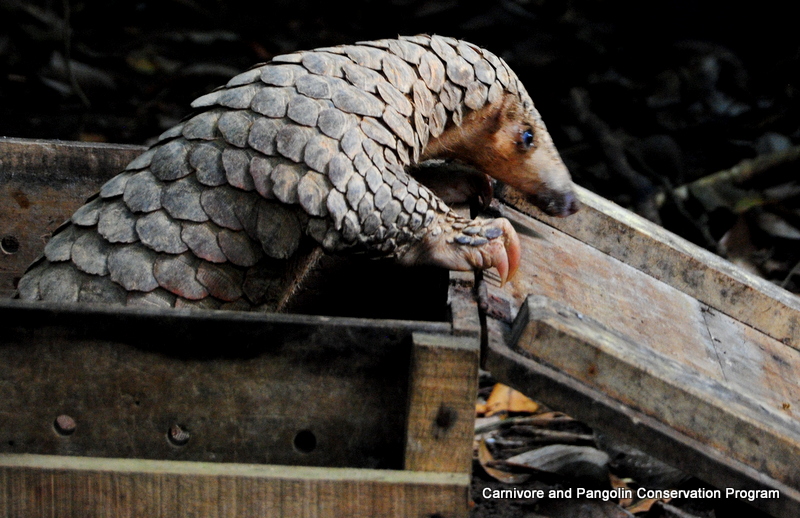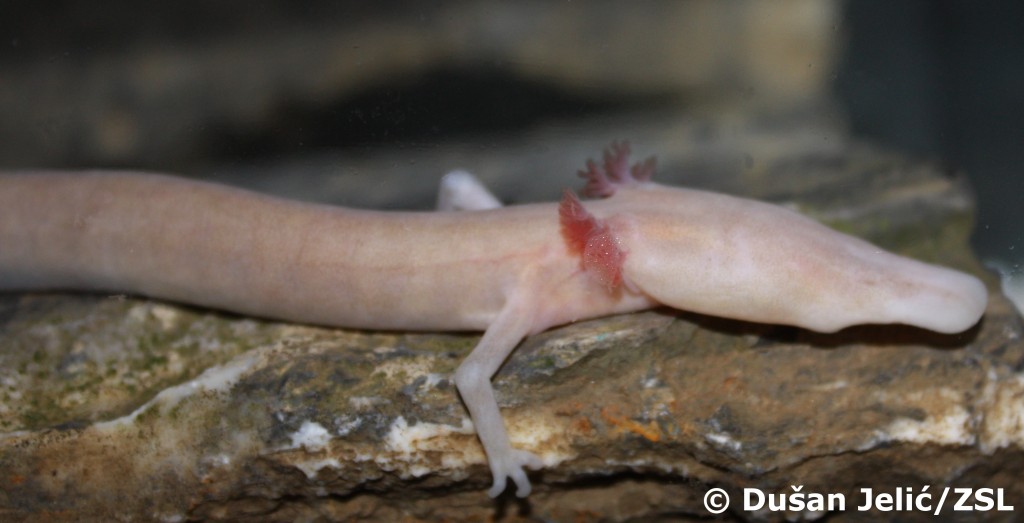Blind salamanders, paternal toads, scaly anteaters, fiery-coloured cats. There can be no doubt that we live in a world of wonders, of beauty and variety that we’re only just starting to uncover.
This week we’ve been showcasing some incredible species, species with a remarkable life history, something they bring to the world that nothing else can.
Imagine seeing a red panda flash through the trees, or finding an olm washed out of its cavernous home, an animal so strange it was believed to be the offspring of some subterranean dragon. Imagine seeing a betic midwife toad male diligently hauling his sack of eggs around, or a Kittlitz’s murrelet flitting among the glaciers, or a wombat scuttling its way through the brush. Think of a pangolin rolling into a tight, scaly ball, or a giant ibis winging its way through the Asian skies. All of these species are amazing, unique, beautiful…and in trouble.
Each of the species we’ve looked at this week is an EDGE species. EDGE stands for Evolutionarily Distinct and Globally Endangered. These include some of the most unique animals in the world, from the vaquita to the echidna to the pangolin and the olm.
If any of these species were to go extinct, there would be nothing left like them on the planet. No more little cat-like creatures eating bamboo, no more scaly anteaters, or ibises with a metre-long wingspan. And that’s why the EDGE program is so determined to protect these species, and the hundreds more like them.
Climate threat
Climate change is one of the biggest threats facing our planet right now, and all of the species we’ve highlighted will face devastating consequences if things continue as they are. Whether it be their food sources dying off, or their habitats vanishing, climate change affects them all. And though climate change may be a major focus of this Earth Day, it’s only one of many threats that these animals, and other threatened species, are facing
What we’re doing
The Zoological Society of London (ZSL) and the EDGE program are devoted to the conservation of these species, and myriad others. Via EDGE, we’re putting these often little-known species in the spotlight, and highlighting them for conservation concern. And ZSL as a whole works around the globe on conservation projects including education, captive breeding, habitat preservation, research, and training.
We are devoted to the conservation of our planet, and our coexistence with the wonderful species that call it home, whether they be hunkered in an underground cave in Spain, or snuffling through termite mounds in Africa.
What YOU can do
The simple fact is that we can’t do it alone. ZSL and EDGE depend on your to preserve these species for future generations.
Lend us a hand by:
– Donating to EDGE and/or ZSL, helping us raise the funds to continue our work.
– Lobbying your local government to crack down on climate change
– Following us here on Facebook and other social media, and share our posts so others know about the wonderful beings we share the planet with.
– Helping to educate your friends and family by telling them about these creatures and the threats facing them.
– Signing the Earth Day climate change petition.
Happy Earth Day everybody. Enjoy the day, but spare a thought for the wombats as you’re enjoying your time.

